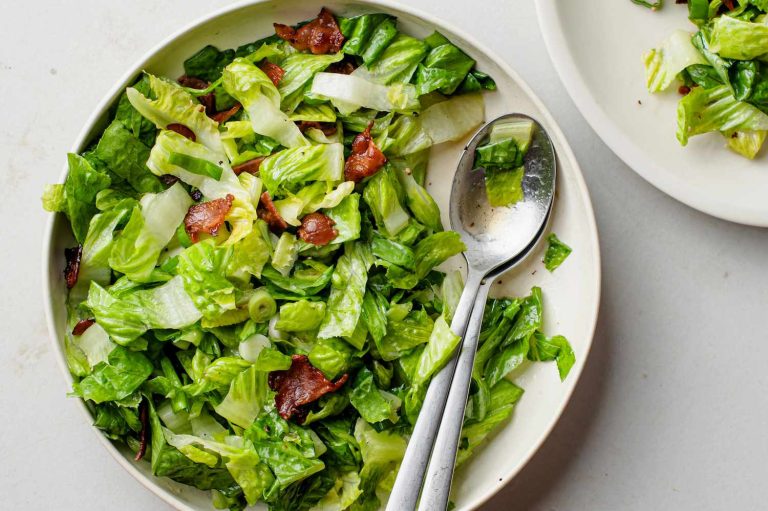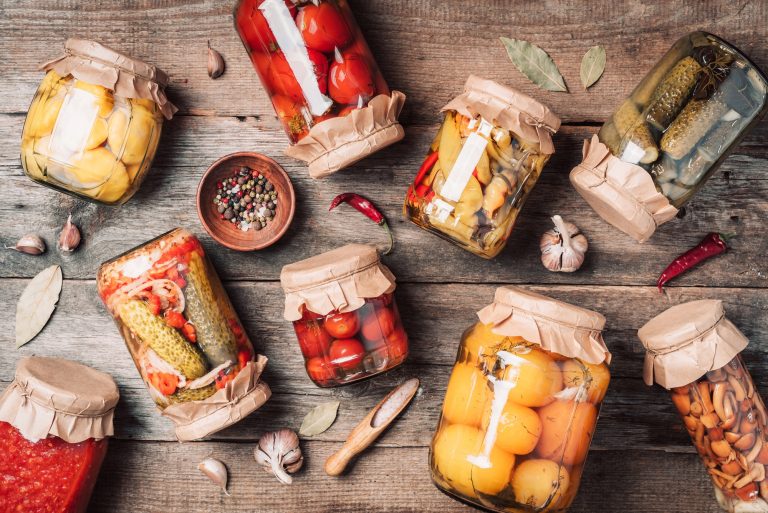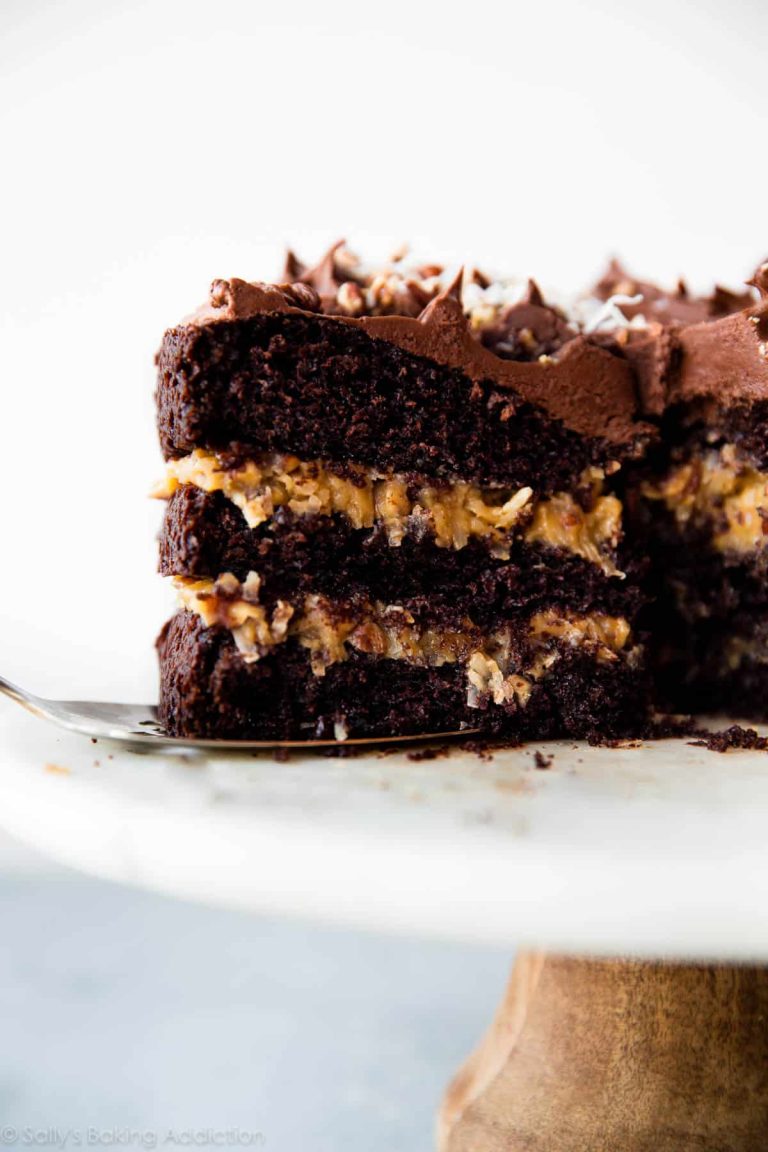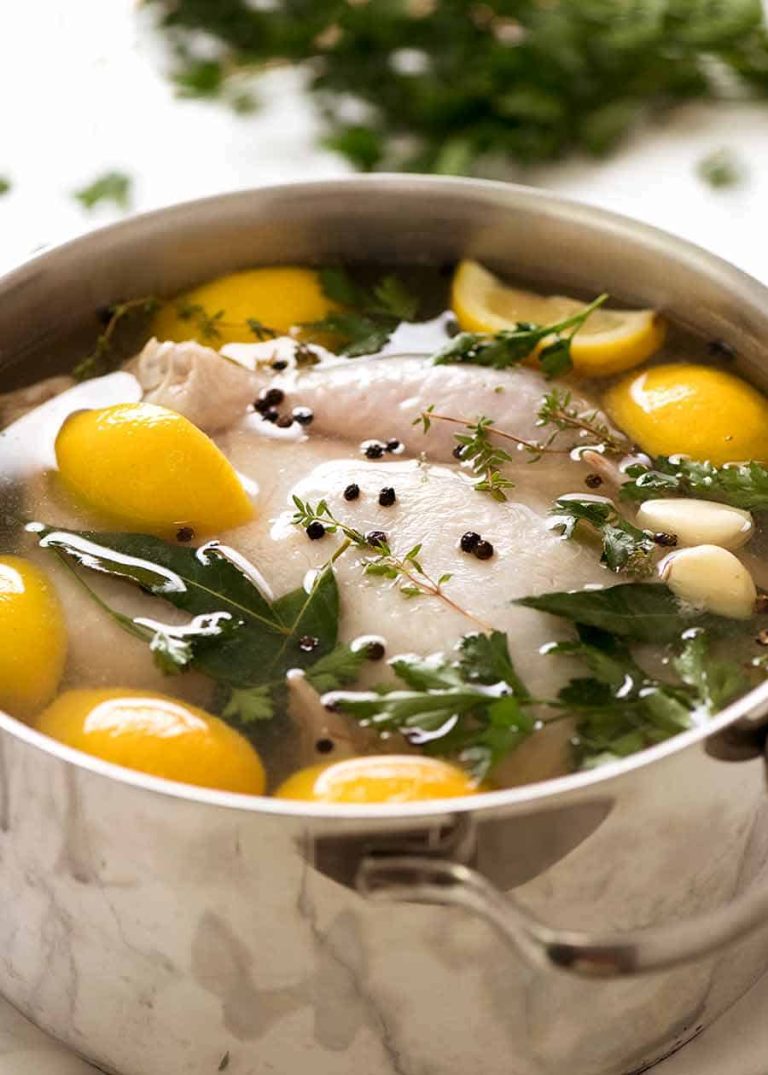Roasted Duck: History, Techniques, and Perfect Pairings
Roasted duck has deep roots in culinary history, originating in ancient China more than 1,000 years ago. One well-known preparation, Peking Duck, became a favorite in the imperial courts during the Yuan dynasty (1271-1368). This tradition spread to various countries, influencing regional cuisines and adaptations. By the Middle Ages, roasted duck had secured its place in European feasts, prized for its rich taste and texture. Today, it’s a beloved dish across many cultures, celebrated for its flavor and the skill required in its preparation.
Key Techniques for the Perfect Roast
Mastering the art of roasting duck involves understanding and applying essential techniques. First, select a quality duck, preferably fresh and not frozen, for optimal flavor. Rinse the duck thoroughly and pat it dry to achieve crisp skin.
Score the skin lightly using a sharp knife to ensure even rendering of the fat. Season the duck generously, both inside and out, using salt, pepper, and herbs like thyme or rosemary. Consider stuffing the cavity with aromatic vegetables (e.g., onions, garlic) and citrus fruits (e.g., oranges) to enhance the flavor.
Preheat your oven to 425°F (220°C). Roast the duck on a rack to allow fat to drip away, ensuring the skin becomes crispy. Turn down the heat to 375°F (190°C) after the initial high-heat sear, cooking for approximately 1.5 to 2 hours. Baste the duck with its juices every 30 minutes to keep the meat moist.
Use a meat thermometer to check the internal temperature; it should read 165°F (74°C) when done. Let the duck rest for 10-15 minutes before carving to retain its juices. Employing these techniques leads to a delicious roasted duck with crispy skin and tender meat.
Best Roasted Duck Recipes
Classic Roasted Duck with Orange Sauce
Prepare a Classic Roasted Duck with Orange Sauce to experience the elegance of French cuisine. Start by selecting a 5-6 pound fresh duck. Preheat your oven to 375°F. Pat the duck dry and score the skin without cutting into the meat for optimal fat rendering. Rub the duck with a mixture of salt and pepper. Place the duck on a roasting rack inside a deep pan. Roast for 1.5 hours, basting occasionally.
For the orange sauce, combine 1 cup orange juice, 1/2 cup chicken stock, 1/4 cup honey, and 1 tablespoon soy sauce in a small saucepan. Simmer until the mixture reduces by half. Serve the sauce warm with the roasted duck. This recipe pairs well with roasted vegetables or a light salad.
Asian-Inspired Roasted Duck
Explore bold flavors with this Asian-Inspired Roasted Duck recipe. Choose a duck weighing around 5 pounds. Preheat your oven to 400°F. Dry the duck and score its skin. Season with a rub made from 1 teaspoon five-spice powder, 2 teaspoons salt, and 1 teaspoon pepper.
For a marinade, mix 1/4 cup soy sauce, 1/4 cup hoisin sauce, 2 tablespoons rice vinegar, and 2 tablespoons honey. Brush the duck’s skin with this mixture. Roast the duck for 1 hour, turning halfway through for even cooking. Lower the oven to 350°F and roast for an additional 30 minutes.
To create an Asian glaze, combine 1/4 cup soy sauce and 2 tablespoons honey in a saucepan. Simmer until thickened. Brush this glaze over the duck during the last 10 minutes of roasting. Serve with steamed rice and sautéed bok choy for a complete meal.
Essential Tools and Equipment
Choosing the Right Roasting Pan
Selecting the correct roasting pan directly impacts the quality of your roasted duck. Opt for a sturdy pan with a rack, allowing proper air circulation and even cooking. A pan with high sides can contain the duck’s fat drippings, preventing splatters and facilitating basting. Stainless steel or cast iron pans offer excellent heat retention and are durable choices.
Importance of a Meat Thermometer
Achieving the perfect roast necessitates monitoring the duck’s internal temperature. Use a meat thermometer to ensure your duck is thoroughly cooked but not overdone. Insert the probe into the thickest part of the thigh without touching the bone. Aim for an internal temperature of 165°F for safe consumption, according to USDA guidelines. This practice helps maintain succulent and juicy meat, enhancing your dining experience.
Selecting the Perfect Duck
Factors to Consider When Buying Duck
Get a high-quality duck to enhance your dish. Choose fresh over frozen, as fresh ducks retain more moisture and flavor. Examine the duck’s skin; it should be pale, unblemished, and moist. Avoid any with a strong odor, indicating spoilage. Weight is crucial; for a small gathering, a 5-6 pound duck suffices, while larger ducks suit bigger groups. Opt for ducks raised without antibiotics for a healthier option.
Preparing Your Duck for Roasting
Proper preparation ensures a flavorful experience. Thaw the duck in the refrigerator 24-48 hours before cooking if frozen. Remove giblets and excess fat from the cavity to avoid greasy results. Score the skin in a diamond pattern without cutting into the meat. This step allows fat to render and the skin to crisp. Season the duck generously with salt and your chosen spices. Let it sit uncovered in the refrigerator for at least two hours, helping dry the skin for better crisping during roasting.
Adhere closely to these guidelines to maximize the potential of your roasted duck, aligning with traditional techniques and modern standards.
Serving and Pairing Ideas
Wine Pairings for Roasted Duck
Finding the right wine enhances the duck’s flavors. Red wines complement duck dishes beautifully.
- Pinot Noir: Provides a balance of fruitiness and acidity, complementing both Classic and Asian-Inspired Roasted Duck.
- Merlot: Offers a smooth, rich texture, pairing well with the moist and savory qualities of roasted duck.
- Syrah/Shiraz: Adds bold, spicy notes that match the robust flavor of the duck skin.
Side Dishes That Complement Roasted Duck
Pairing dishes with roasted duck ensures a well-rounded meal. Choose sides that complement its rich flavor.
- Roasted Vegetables: Carrots, parsnips, and Brussels sprouts add a sweet, earthy balance.
- Potato Gratin: Creamy and rich, it offers a comforting contrast to the duck’s savory profile.
- Cranberry Sauce: Adds a tart sweetness that enhances the duck’s flavor, especially for holiday meals.
- Steamed Asparagus: Light, fresh, and slightly sweet, it balances the rich taste of roasted duck.
- Wild Rice Pilaf: Provides a hearty, nutty complement with added texture and flavor complexity.
These selections ensure an elevated dining experience with your roasted duck, enhancing both taste and presentation.
Conclusion
Mastering the art of roasting duck can elevate your culinary skills and impress your guests. By paying attention to details like selecting a high-quality duck and following proper preparation techniques, you’ll achieve a deliciously crispy and flavorful dish. Pair your roasted duck with well-chosen wines and complementary side dishes to create a memorable dining experience. Whether you’re a seasoned cook or a beginner, these tips will help you confidently prepare and serve a mouthwatering roasted duck.






